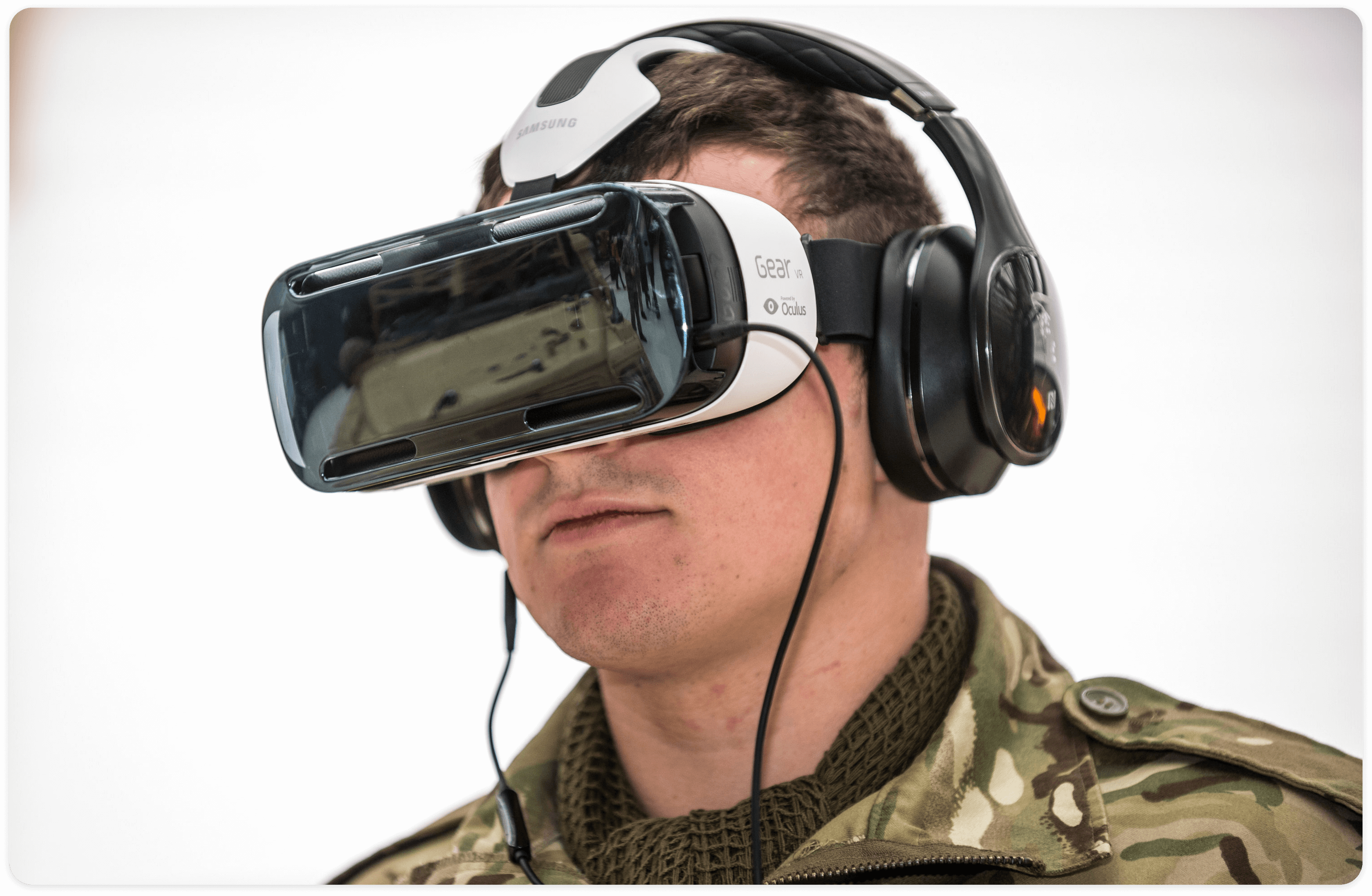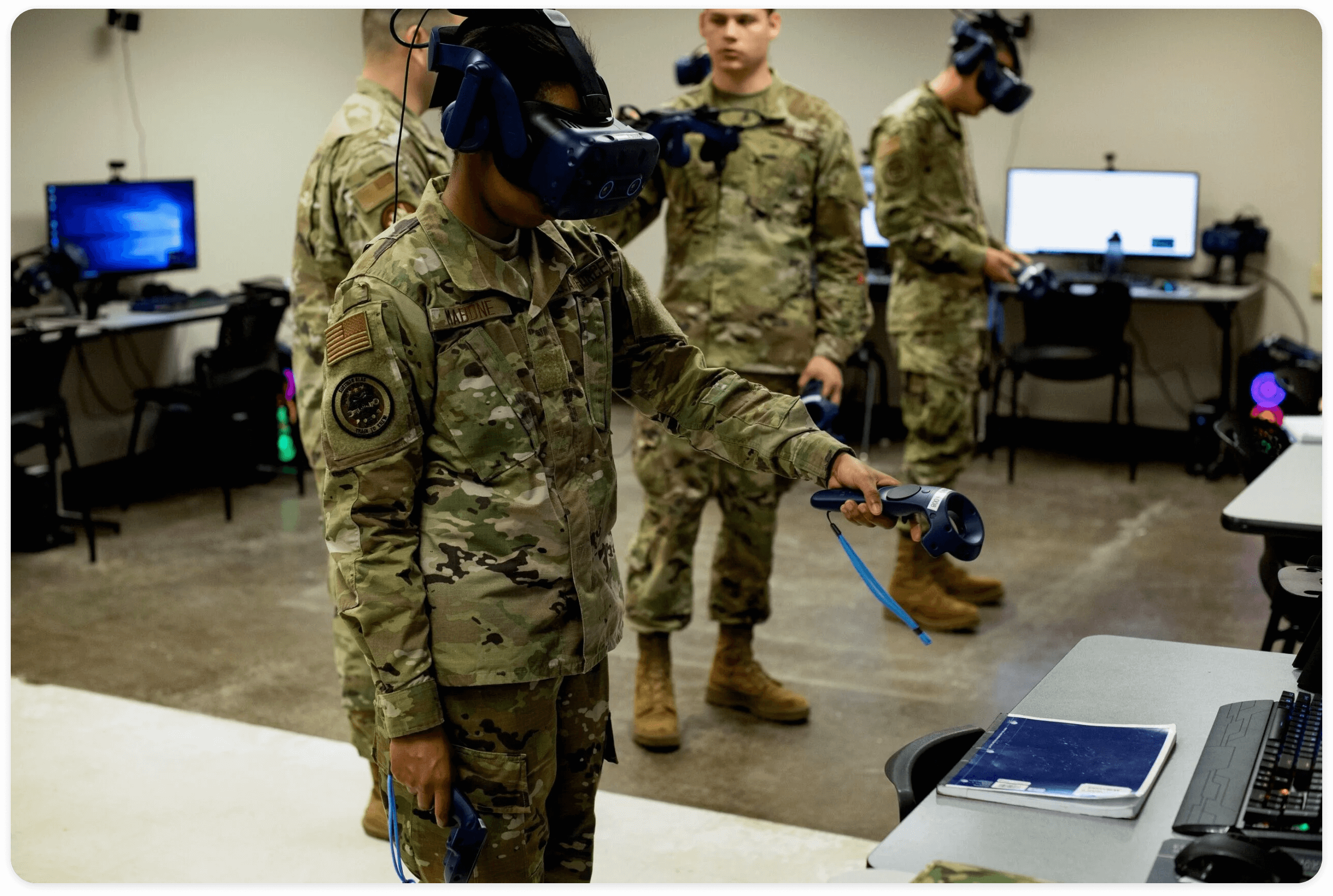In the last decade of the previous century, fantasies around the universal adoption of virtual reality were spreading. If the hype around VR was to be taken seriously, it seemed like humanity was quickly sliding into a life in which almost every aspect of our existence would be shaped and determined by our use of it. Classic movies of the 1990s, such as Total Recall, eXistenZ, and Matrix, are testimonies of the obsession with VR that dominated our culture back then.
Today, almost 30 years later, it is clear that the promises that arose from the first wave of hype about VR were not fulfilled, at least in the short term. Still, with the fast evolution of VR and AR technologies, along with the publicity received by projects like Mark Zuckerberg’s Meta, we have now entered a new, exciting era of virtual reality.
Based on more realistic expectations and tangible achievements, promising prospects regarding the use of VR technologies are flourishing. Among these, one of the most interesting examples we have seen recently is the United States Air Force. Let’s dive in to understand how it works.
Does the military use VR for training?
Yes, the United States Air Force uses a virtual reality project called Maintenance Operations and Training in Augmented Reality (MOTAR), which, if we are to believe its creators, could be the first step for an entirely new paradigm of military training.
Traditionally, simulators have been the most effective tool for training new Air Force members. But with MOTAR, authorities at the Air Education and Training Command (AETC) have set a much more ambitious goal. Eventually, they hope that MOTAR becomes not merely a training program but a coursework hosting service, people management software, and even a social network.
What are the benefits of using VR in the military?
One of the main virtues of a system like MOTAR is how it adapts to the subjectivity of the new generations. Trainers and educators in the Air Force take into account the fact that young people entering the workforce today have grown in a completely different technological environment than the one their parents and grandparents knew. They are not only highly familiarized with the most varied forms of computer-assisted learning, but they also respond much better to these types of tools than to old-fashioned textbooks and manuals.
Initially, MOTAR was designed to provide maintainers with a highly realistic approximation to the experience of walking around an aircraft and performing a variety of different tasks, from changing a tire to activating the engines. As it turns out, the system has shown extraordinary effectiveness in reducing the training time of new maintainers to less than half of what previous training methods required. By rendering trainees a virtual experience of moving around an aircraft and interacting with its components that is as close as possible to a real-world scenario, MOTAR helps users learn even some of the most complex tasks in a relatively short time.
What is an example of VR in the military?
There are not just one but a few examples of VR in the military:
- HoloLens – a device used by the US Army for maintenance training of the M2 Bradley Fighting Vehicle.
- F-35 Fighter Jet Maintenance – used for maintenance training on the F-35 fighter jet.
- Aircraft Maintenance – the US Air Force uses an augmented reality system called “Interactive Aircraft Procedures” (IAP) for maintenance training on several types of aircraft.
- The US Air Force uses Small Arms Maintenance (ASAMA) for training soldiers in the maintenance and assembly of small arms, such as rifles and pistols
- “Virtual Interactive Procedures for Sustainment and Training” (VIPS&T) for maintenance training on several types of ground vehicles
From Aircraft Maintenance to a New Era of Military Training
But the United States Air Force doesn’t intend to settle with the idea of a virtual reality program that will simply replace simulators. Eventually, these VR systems are expected to incorporate automatic evaluation, personnel files, and, as we said before, some type of social networking, virtual environments in which aircraft maintainers will be able to interact and train together.
Creators of MOTAR are certain that, at some point, these practices will extend to other branches of the military. From learning to shoot to crewing a nuclear ballistic submarine, they believe VR can and should be applied to the whole spectrum of military training, representing an opportunity to completely revolutionize the way it is conceived today. Even though this ambitious goal may still be distant in the future, the promising results shown by MOTAR have set a solid foundation for a future in which VR and AR will be the basis of military training worldwide.
If you want to know more about artificial intelligence, you may be interested in reading the article on the uses of AI and our section about AI Software Development Services.













